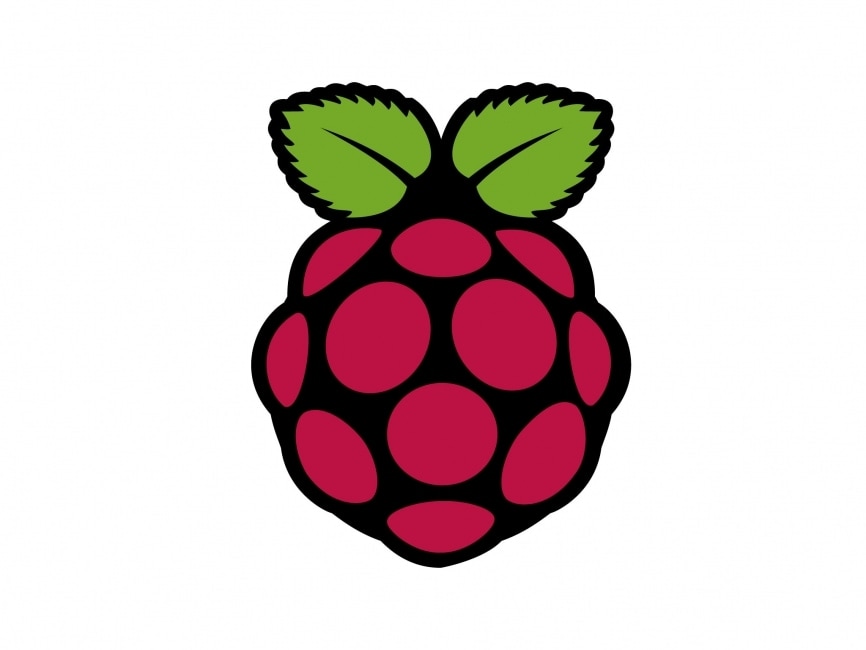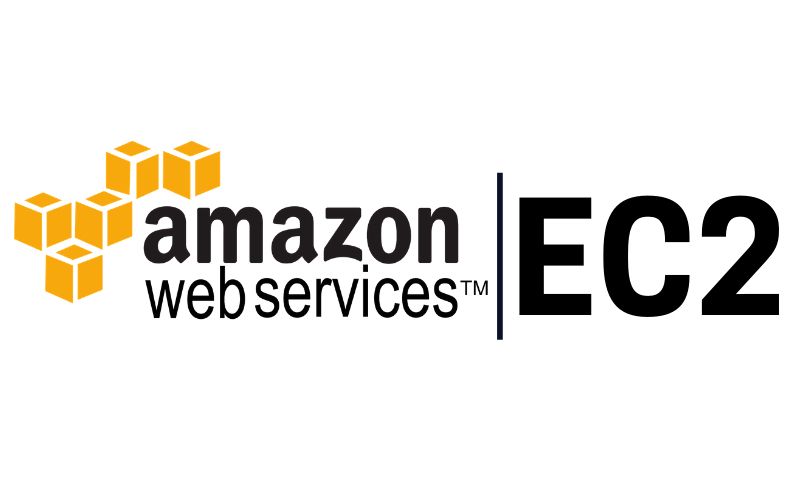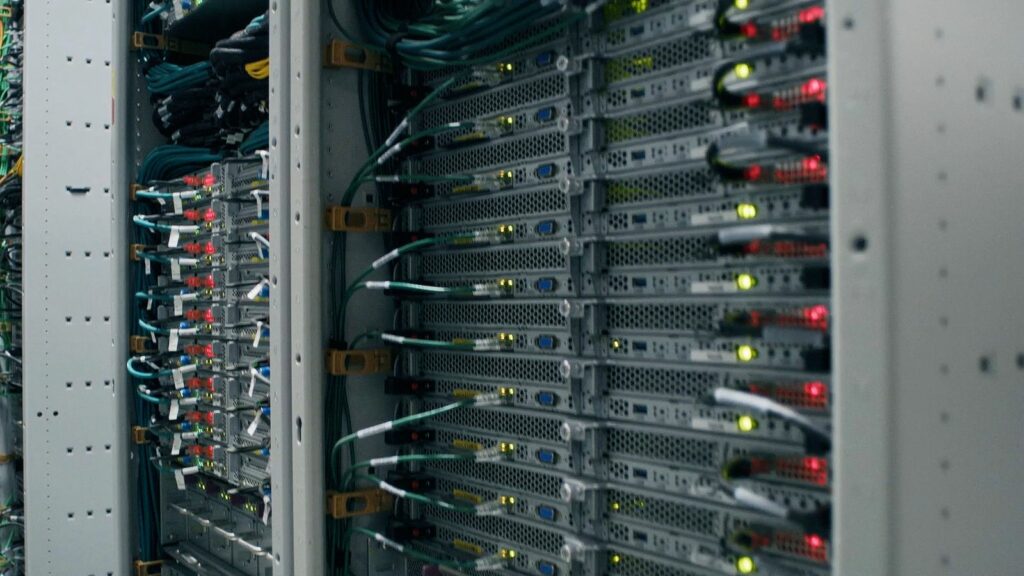Raspberry Pi and AWS: A Contrast in Computing Approaches
In the ever-evolving world of computing, two platforms stand out for very different reasons: Raspberry Pi, the humble, credit-card-sized microcomputer that brings hardware tinkering within everyone’s reach, and Amazon Web Services (AWS), the behemoth of cloud computing that powers the backend of countless businesses across the globe. Both have redefined how we think about computing, but they do so in strikingly different ways. Understanding their distinct roles and when to use each is crucial in a tech-savvy world that demands efficiency, scalability, and versatility.
The Raspberry Pi: Grassroots Computing

The Raspberry Pi was born from a vision to promote computer literacy and empower students to learn the basics of programming and electronics. Priced affordably and designed to fit in the palm of your hand, it has since evolved from an educational tool to a Swiss Army knife of DIY projects. Its charm lies in its simplicity: plug in a power source, connect a display, and you have a fully functional Linux machine, ready to handle projects ranging from home automation to personal web servers.
The Raspberry Pi encourages hands-on experimentation. It’s ideal for developers who want to build and deploy small-scale hardware projects—think retro gaming consoles, smart sensors, or robotics. The platform fosters creativity, letting hobbyists design systems from the ground up, physically connect sensors and actuators, and experiment with software that interacts with hardware.
However, a Pi isn’t without its limitations. Even the latest models with increased CPU power and memory (like the Raspberry Pi 4 or Raspberry Pi 400) are not designed to handle massive workloads. Running a website or a service on a Pi can be fun and educational, but it’s more about exploration than performance. As soon as you need high availability, scalability, or enterprise-level processing, the limits become apparent.
AWS: The Powerhouse of the Cloud

If Raspberry Pi is the embodiment of simplicity and DIY spirit, AWS is the industrial-grade backbone of modern IT infrastructure. AWS offers a vast collection of cloud services—from computing and storage to artificial intelligence and machine learning—accessible to both startups and Fortune 500 companies. Unlike Raspberry Pi, AWS is not a physical machine you buy and place on your desk; it’s an ecosystem of virtualized services housed in massive data centres worldwide.
AWS thrives in scenarios where scale, performance, and reliability are non-negotiable. Hosting web applications, managing large datasets, and deploying AI models are routine tasks for AWS. The platform allows companies to deploy infrastructure at scale, automatically adjusting resources to handle surges in traffic. With tools like EC2 (Elastic Compute Cloud) and Lambda, AWS can provide virtual machines or serverless compute environments on demand, ensuring services are always available to customers, regardless of geographical location or load.
This power, however, comes with complexity. Configuring AWS services often requires a steep learning curve, as users must understand the nuances of cloud architecture, pricing tiers, and security best practices. It’s an ecosystem optimized for those who need high-end, dynamic solutions—and who are comfortable managing cloud infrastructure at scale.
Use Cases: Where Each Shines
Choosing between Raspberry Pi and AWS depends entirely on the context and objectives of your project.
Raspberry Pi shines in prototyping, DIY, and small-scale projects. If you’re building a smart home automation system with sensors or want to create a local media server, the Pi is your go-to. It’s also an excellent platform for learning, as you gain hands-on experience with Linux, Python, networking, and IoT devices.
AWS, on the other hand, is the default choice for enterprise solutions and large-scale web services. Hosting a global e-commerce platform, deploying a mobile app backend, or managing large machine learning workloads is AWS territory. It handles mission-critical workloads with the highest levels of reliability and scalability—something a Raspberry Pi cannot compete with.
That said, there are projects that blend the two. For instance, you could use a Raspberry Pi to collect IoT data from a home weather station and push it to AWS for analysis and visualization. Or you might prototype an app on a Pi and later scale it by migrating to AWS for production use.
Cost vs. Scalability
Cost plays a pivotal role in the decision-making process. A Raspberry Pi is a one-time investment of about $35 to $75, depending on the model, with no ongoing charges. It’s an economical choice for personal projects and experimentation. AWS, by contrast, operates on a pay-as-you-go model, charging for storage, compute time, and data transfer, which can quickly add up.
However, with AWS, the scalability is limitless If you suddenly need to support a million users or store petabytes of data, AWS can accommodate that growth. A Raspberry Pi can’t scale in the same way—you’d need to manually set up clusters or load balancers, which can be impractical for most use cases.
The Final Verdict
In the end, Raspberry Pi and AWS are complementary technologies. The Raspberry Pi represents the joy of building and experimenting from the ground up, with tangible hardware at your fingertips. It’s a platform that encourages creativity, making it perfect for hobbyists, students, and educators. Meanwhile, AWS is a symbol of the cloud-first era, delivering industrial-grade computing power for businesses that demand scale, performance, and flexibility.
For some, the Pi is where ideas are born—a starting point for prototypes, personal projects, and experiments. For others, AWS is where those ideas take flight, scaling to meet the demands of the modern world. Whether you’re soldering circuits on a Pi or launching virtual machines on AWS, the beauty of today’s tech landscape is that **you don’t have to choose just one**. Both platforms are tools in the modern developer’s toolkit, each ready to play its part in a world powered by innovation.
The Raspberry Pi presents a more logical option than AWS for smaller operations, particularly when simplicity, cost-effectiveness, and control are top priorities. For teams with around 1 to 10 members, the Raspberry Pi can effectively support lightweight tasks such as local web hosting, IoT management, edge computing, or small-scale software development environments. Unlike AWS, which incurs recurring cloud costs, the Raspberry Pi offers a one-time hardware investment with minimal energy consumption. It is ideal for use cases where data privacy is a concern, as everything can remain on-premises, eliminating reliance on external servers. However, as team sizes exceed 10 and workloads grow in complexity—such as handling large datasets, managing multiple users simultaneously, or requiring high availability and scalability—the Pi’s processing limitations and lack of redundancy might become bottlenecks. At that point, AWS or other cloud solutions would offer better support for scaling operations efficiently.





An Amazon EC2 instance would just be way more powerful than a tinker toy, and not for corporate! Maybe not a t2.nano (3.3 GHz Intel Xeon Scalable processor) – that’s probably about the same or less than a Pi. One would have to have real world test